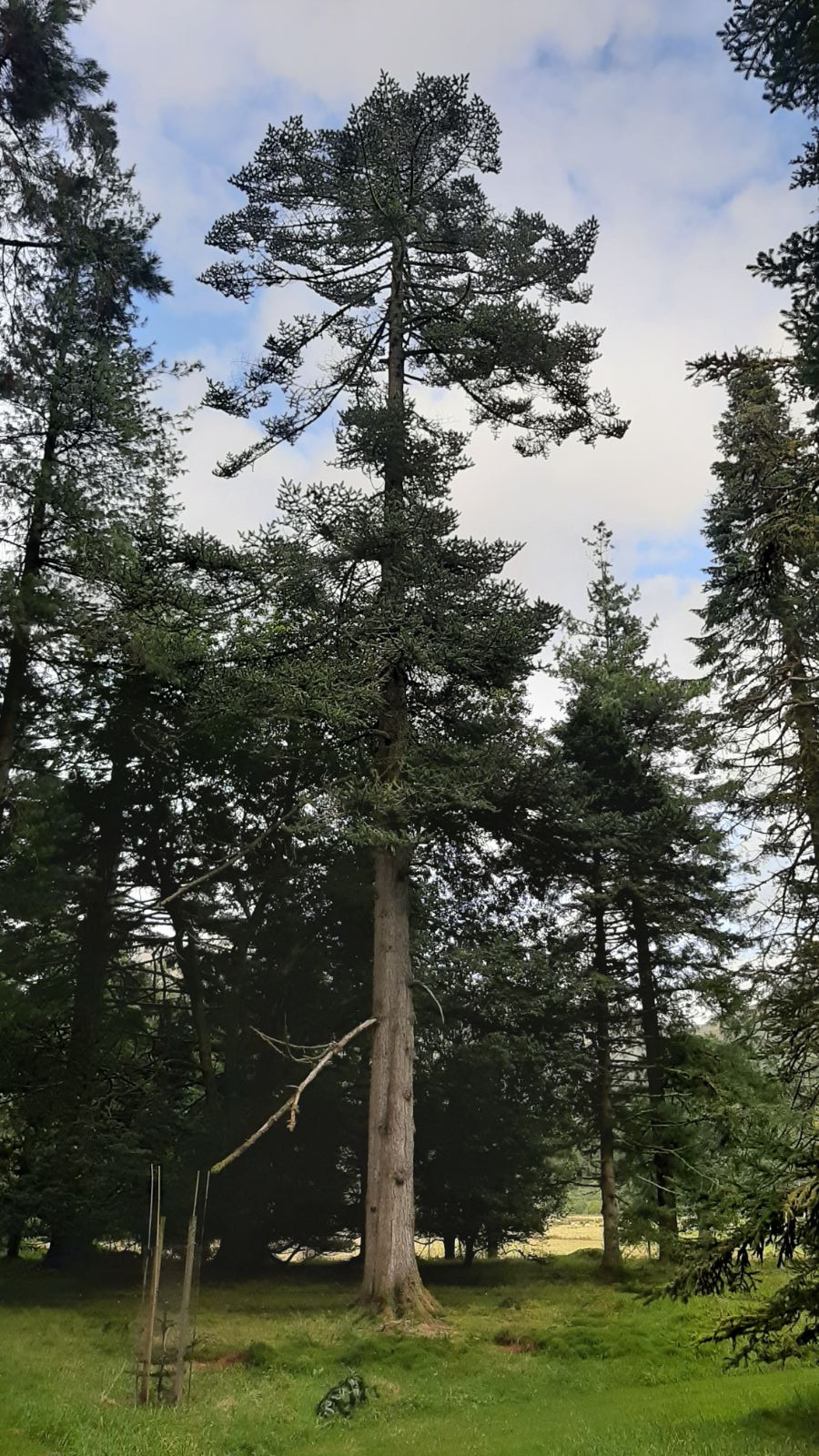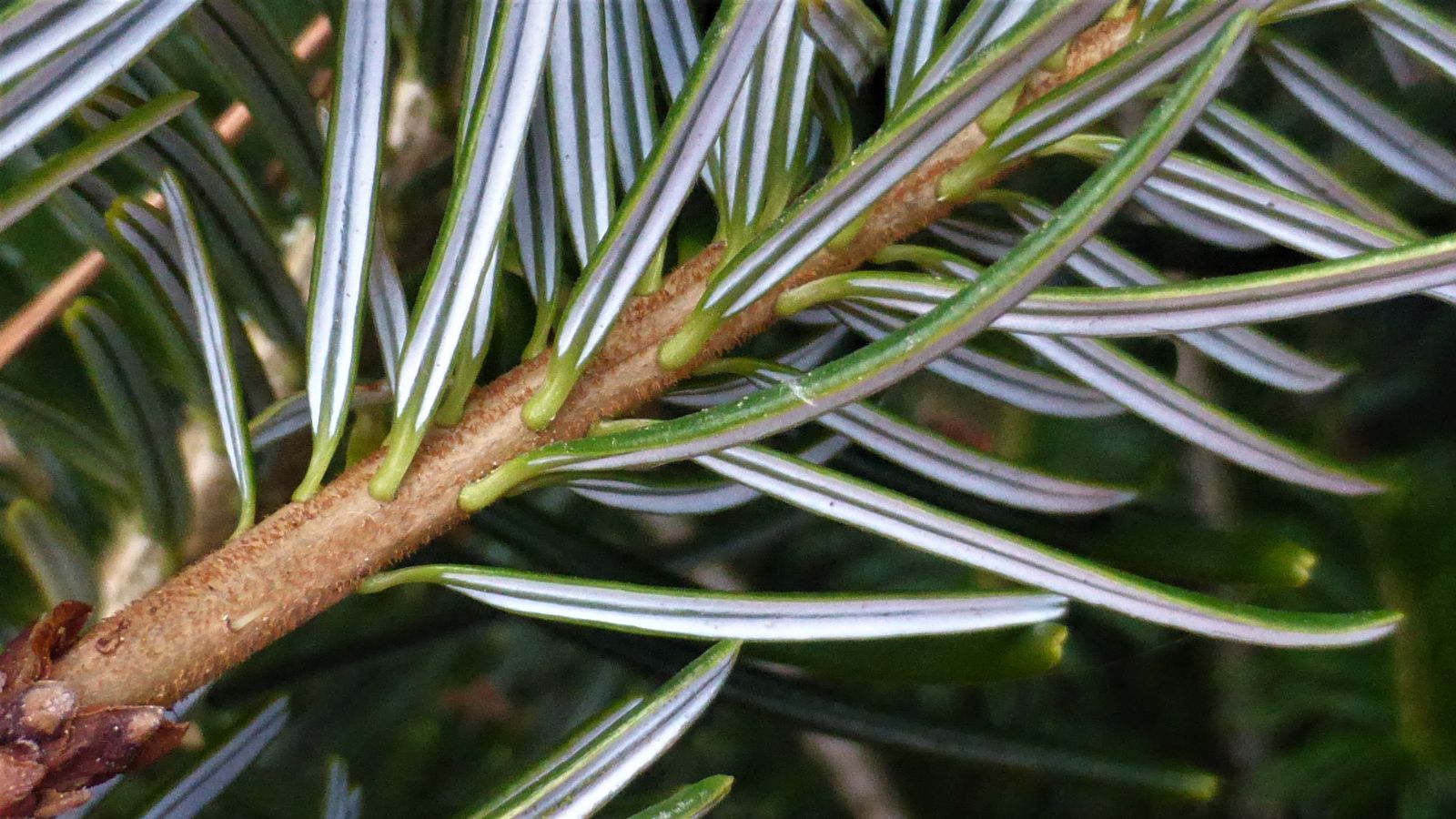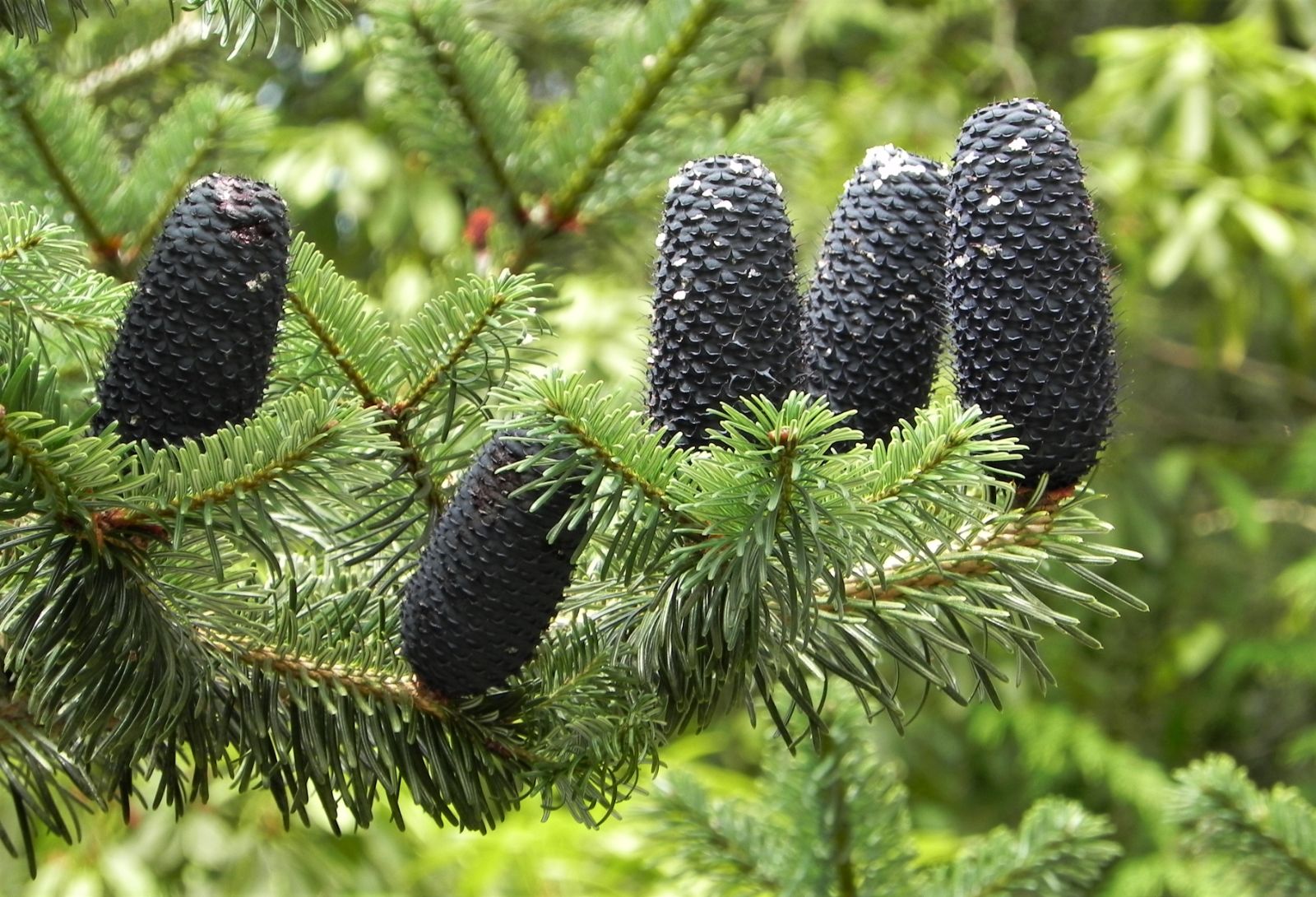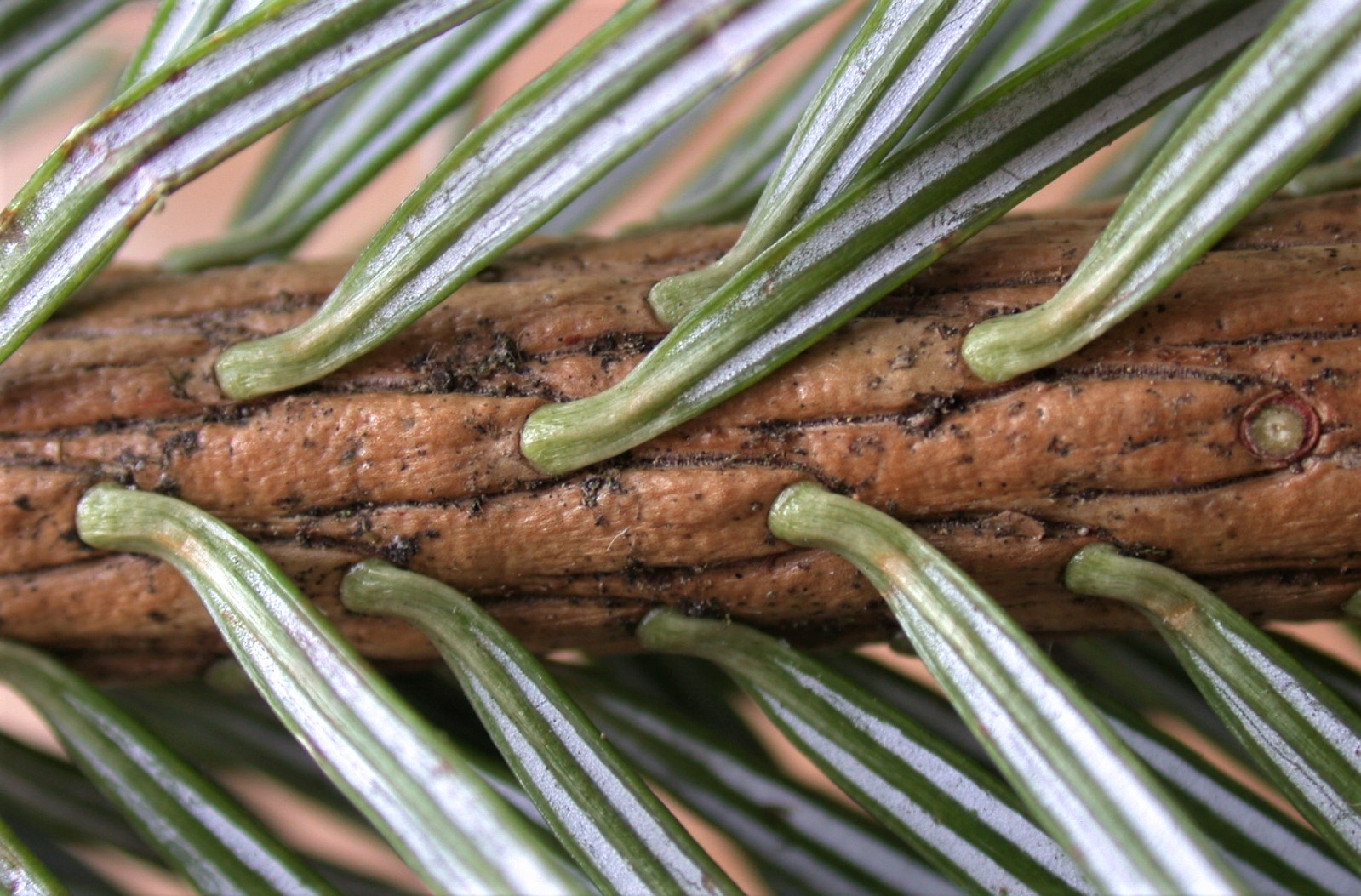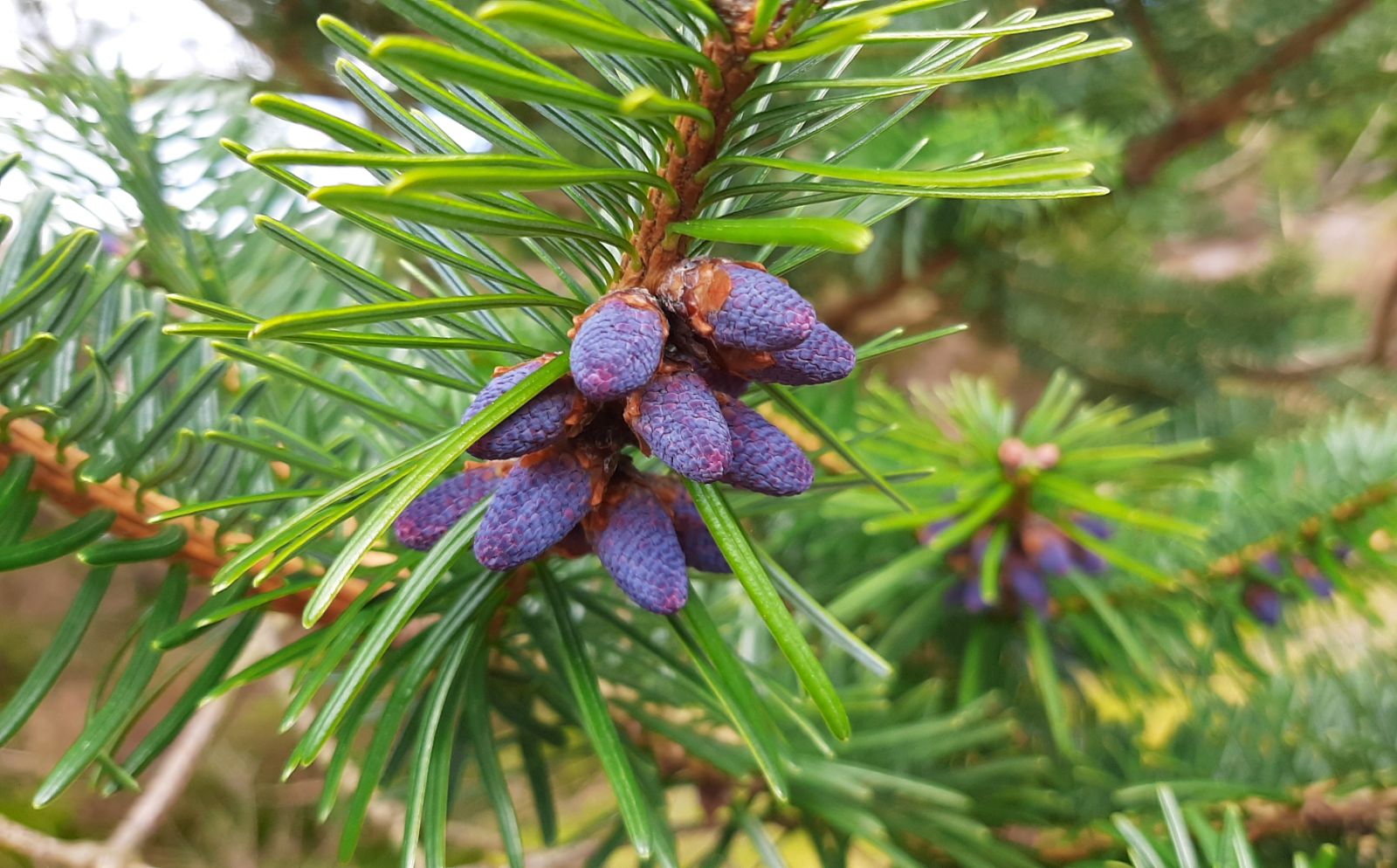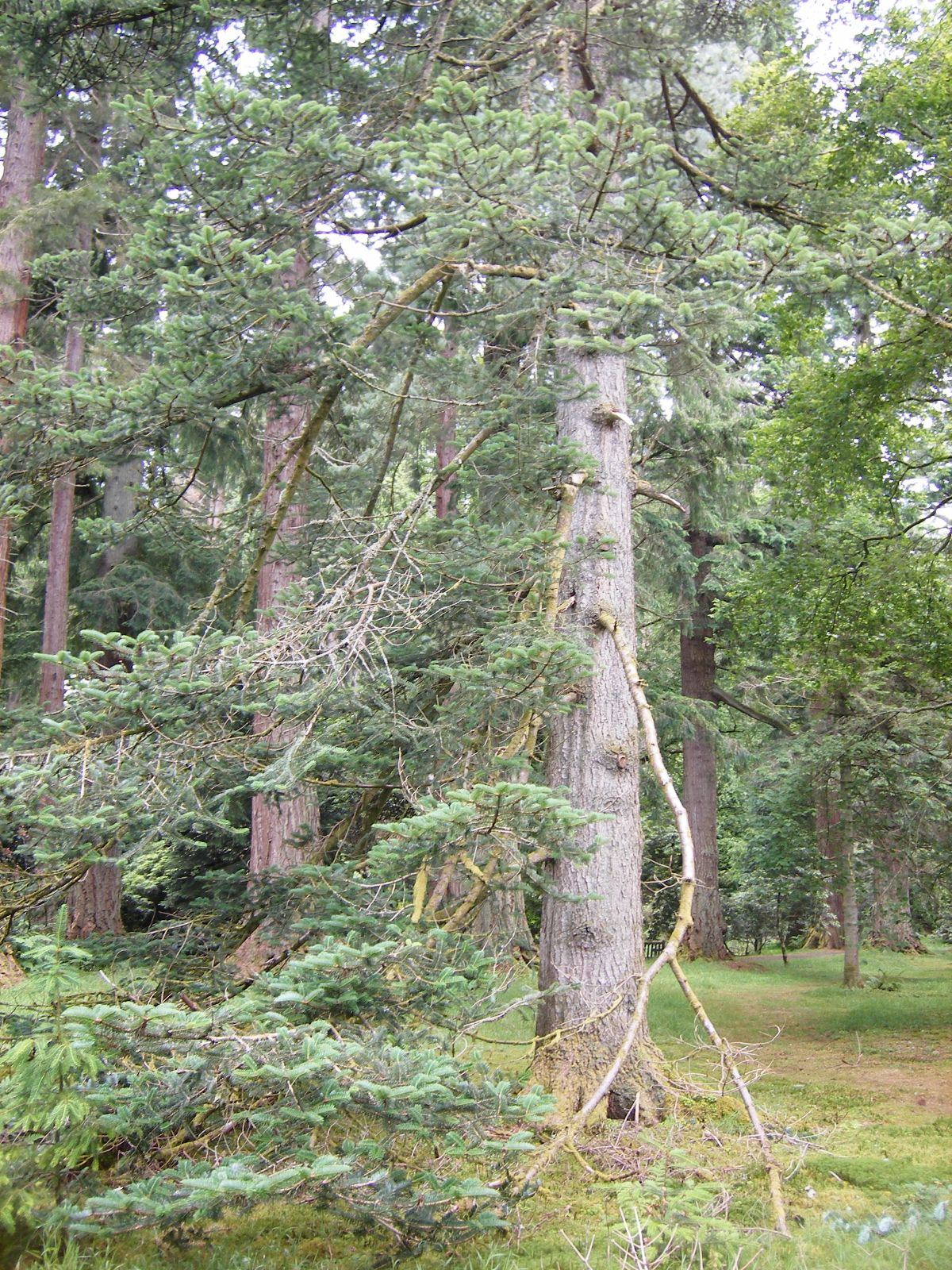Abies densa
Sponsor
Kindly sponsored by
Sir Henry Angest
Credits
Tom Christian (2021)
Recommended citation
Christian, T. (2021), 'Abies densa' from the website Trees and Shrubs Online (treesandshrubsonline.
Other taxa in genus
- Abies alba
- Abies amabilis
- Abies × arnoldiana
- Abies balsamea
- Abies beshanzuensis
- Abies borisii-regis
- Abies bracteata
- Abies cephalonica
- Abies × chengii
- Abies chensiensis
- Abies cilicica
- Abies colimensis
- Abies concolor
- Abies delavayi
- Abies durangensis
- Abies ernestii
- Abies fabri
- Abies fanjingshanensis
- Abies fansipanensis
- Abies fargesii
- Abies ferreana
- Abies firma
- Abies flinckii
- Abies fordei
- Abies forrestii
- Abies forrestii agg. × homolepis
- Abies fraseri
- Abies gamblei
- Abies georgei
- Abies gracilis
- Abies grandis
- Abies guatemalensis
- Abies hickelii
- Abies holophylla
- Abies homolepis
- Abies in Mexico and Mesoamerica
- Abies in the Sino-Himalaya
- Abies × insignis
- Abies kawakamii
- Abies koreana
- Abies koreana Hybrids
- Abies lasiocarpa
- Abies magnifica
- Abies mariesii
- Abies nebrodensis
- Abies nephrolepis
- Abies nordmanniana
- Abies nukiangensis
- Abies numidica
- Abies pindrow
- Abies pinsapo
- Abies procera
- Abies recurvata
- Abies religiosa
- Abies sachalinensis
- Abies salouenensis
- Abies sibirica
- Abies spectabilis
- Abies squamata
- Abies × umbellata
- Abies veitchii
- Abies vejarii
- Abies × vilmorinii
- Abies yuanbaoshanensis
- Abies ziyuanensis
Trees 30–60 m tall, 2–2.5 m dbh. Bark smooth, grey, breaking into thick irregular plates in older trees and detaching in small pieces, freshly exposed bark cinnamon-brown. Crown broad pyramidal or columnar, becoming irregular and flat-topped in mature trees, often with a considerable length of trunk clean of any branches. First order branches thick, spreading, assurgent at first, horizontal with age, finally downcurved; second order branches assurgent or horizontal. Branchlets yellowish-brown, becoming grey with age, conspicuously grooved, assurgent; leading shoots thick, weakly pubescent or nearly glabrous, lateral and shaded shoots slender but firm, pubescent in grooves. Vegetative buds ovoid-conical, to 8 × 6 mm, slightly resinous. Leaves arranged in several overlapping ranks, pectinate on weak and shaded shoots, radial or nearly so on leading, coning, or vigorous shoots, often parted above and below the shoot by a narrow ‘V’, (1.5–)2–4(–5) cm × 2–2.5 mm, straight or slightly curved, base twisted, margins recurved or weakly revolute, apex emarginate, rarely bifid on shaded shoots; glossy dark green above, bright silvery-white beneath with two broad stomatal bands. Pollen cones arranged radially around the shoot, 2–4.5 cm long, yellow with purplish-blue microsporophylls. Seed cones sessile or short-pedunculate, ovoid-cylindrical, apex obtuse or umbilicate, 8–12 × 4–5.5 cm, purplish-blue when immature, darkening later; seed scales flabellate to cuneate, 1.5–2 × 2–2.5 cm at mid-cone; bract scales ligulate to spathulate, 2–2.5 cm long, exserted or included at maturity (usually slighlty exserted, at least near the base of the cone). (Farjon 2017; Debreczy & Rácz 2011; Fu, Li & Mill 1999).
Distribution Bhutan China Xizang (Tibet), close to the borders with East Nepal, India (Arunachal Pradesh, Sikkim), and Bhutan India Arunachal Pradesh, Assam, Sikkim Nepal East Nepal
Habitat High mountain cloud forest between 2450 and 4000 m asl.
USDA Hardiness Zone 7
RHS Hardiness Rating H5
Conservation status Least concern (LC)
When Griffith described Abies densa in 1854 the forests from whence it came had already been known for some time. The fir growing in them had until that point been assumed to be A. spectabilis, described some 29 years earlier from material gathered in Uttar Pradesh, India (Farjon 2001). These two species are similar in their gross morphologies and they occur in similar habitats, and ever since it was suggested that the high-altitude firs of the central and eastern Himalaya comprised a second species, the distinction between them has always been murky.
Perhaps because of their many similarities the distinction has not always been maintained, and the movement of A. densa in and out of synonymy with A. spectabilis has doubtless compounded the problem. Between them they cover an enormous east-west distance across the Himalaya. As currently understood A. spectabilis extends from northernmost India east as far as eastern Nepal, where it seems to inconveniently overlap with A. densa, which then extends further east into Sikkim and Bhutan, to an imperfectly known terminus somewhere in Arunachal Pradesh (Debreczy & Rácz 2011).
This inconvenient overlap has made itself known ever since the two were first described and introduced to cultivation, and the situation is so complicated that in many cases it is impossible to be certain which species is being discussed in historic literature (Grimshaw & Bayton 2009). Multiple introductions both of seed and herbarium specimens were made throughout the latter half of the nineteenth century; many of these came from across the eastern range of A. spectabilis and from the western range of A. densa, with the result that many of the early collections of the former were in fact the latter, and many later collections of the latter have, in fact, turned out to be the former! Writing in New Trees, John Grimshaw’s suggestion that “With the confusion surrounding the identification of these taxa it is perhaps wisest to disregard old records…” (Grimshaw & Bayton 2009) remains sound advice, but the next part of the quote, “…and concentrate on more recent introductions” offers little respite, for so many of these have come from that area of inconvenient overlap in eastern Nepal.
Unsurprisingly, some material introduced from this area can, on close examination, be seen to blur the textbook boundaries between one species and the next (pers. obs.) but they can generally be separated by: the cone bracts, more or less included in spectabilis but at least partially exserted in densa; by the shoot, stouter, densely pubescent in prominent grooves, and yellowish-grey or pale brown in spectabilis but less rigid, less hairy, and less prominently grooved, with a reddish tinge in densa; the needle margins, being more or less flat in spectabilis but somewhat recurved or even weakly revolute in densa, at least on sterile or shaded shoots; the needle arrangement, being more exaggeratedly pectinate in spectabilis, separated above and below the shoots by a wide ‘V’, whilst being by comparison somewhat more radial in densa (Debreczy & Rácz 2011; Rushforth 1987).
Collections from the eastern extreme of the range of A. spectabilis can have minutely exserted cone bracts, in contrast to those from further west which better adhere to the many references that suggest its bracts are always fully included (pers. obs.). The same textbooks tell us that the bracts of A. densa are usually only partially exserted, sometimes even more or less included in the uppermost part of the cone, but an example at Benmore Botanic Garden in Argyll (accession 19793335*C), from a collection made in the late 1970s by the Chinese Academy of Forestry close to the Bhutan-China border in extreme western Bhutan – comfortable densa territory – has prominently exserted bracts, significantly more so than most texts suggest should be the case (pers. obs. 2013).
Seamus O’Brien paints evocative pictures of meeting A. densa during his many Sikkim adventures. It is a dominant component of temperate coniferous forests above c. 3000 m in that region, always in the company of a supporting cast of innumerable and tantalising treasures, but O’Brien records seeing both A. densa and A. spectabilis growing in Sikkim’s Kangchenjunga National Park (O’Brien 2011, p. 127) and again in the upper Lachung Valley in north east Sikkim (O’Brien 2011, p. 239). If correct, these two observations undermine the convenient theory that once east of Nepal we are in safe A. densa territory, but most taxonomists use the Nepal-Sikkim border as an artificial but technically reliable line of demarcation (e.g. Farjon (1990, 2017), Debrecz and Rácz (2011), Rushforth (1987)).
We may at least be confident of material of Bhutanese provenance, for the Flora of Bhutan recognises A. densa as the only indigenous fir (Grierson & Long 1983). Cultivated trees traceable to Bhutan are few and far between, but include collections made by the teams of Grierson & Long, Sinclair & Long, and Clark & Sinclair in 1982, 1984, and 1990 respectively. These are mostly represented at Benmore Botanic Garden in Argyll, Scotland. Other material of Bhutanese origin, for example KR 1498, is represented in collections including Wakehurst Place and the Yorkshire Arboretum (Tree Register 2020). Confirmed collections of A. densa from eastern Nepal include two Edinburgh Makalu Expedition (EMAK or EMK) numbers, 367 and 447, represented in UK collections including Mount Stuart and Benmore Botanic Garden in Argyll, and at the Howick Arboretum in Northumberland (pers. obs.). Incidentally, another Makalu collection, EMAK 1079, has been verified as A. spectabilis (pers. obs.). The collecting team Beer, Lancaster, and Morris (BLM) collected ‘A. spectabilis’ under their number 85 from Topke Gola in east Nepal, but this has since been determined as A. densa from material growing at Benmore. Conversely, several relatively recent introductions of A. densa have been determined as A. spectabilis. These include the widely distributed collections gathered at the Milke Danda on the 1981 IDS tour to Nepal. Introduced as A. densa, Jan De Langhe verified material from this collection growing at Benmore as A. spectabilis in 2015, and material from the same collection growing at the Howick Arboretum also better fits that species (pers. obs. 2020).
As noted in New Trees, A. densa requires a cool, moist climate if it is to thrive. Trees in the southern half of Britain will often die young and it seems remarkably intolerant of intense heat. The many plantings in Benmore’s Bhutanese Glade were shapely, handsome trees at about the time New Trees was published, but ten to fifteen years later they are more variable. Many have become windswept since ascending above the protective shrub layer, just as they do on high exposed ridges in their homeland. Trees planted in more sheltered parts of the garden have aged better. (pers. obs. 2008–2020). The UK and Ireland champion continues to be the one growing in the more sheltered environs of Benmore’s Golden Gates pinetum. Alan Mitchell measured it at 26 m × 0.69 m dbh in 1991 (Grimshaw & Bayton 2009); by 2017 it was 27 m × 0.88 m dbh (Tree Register 2020).

